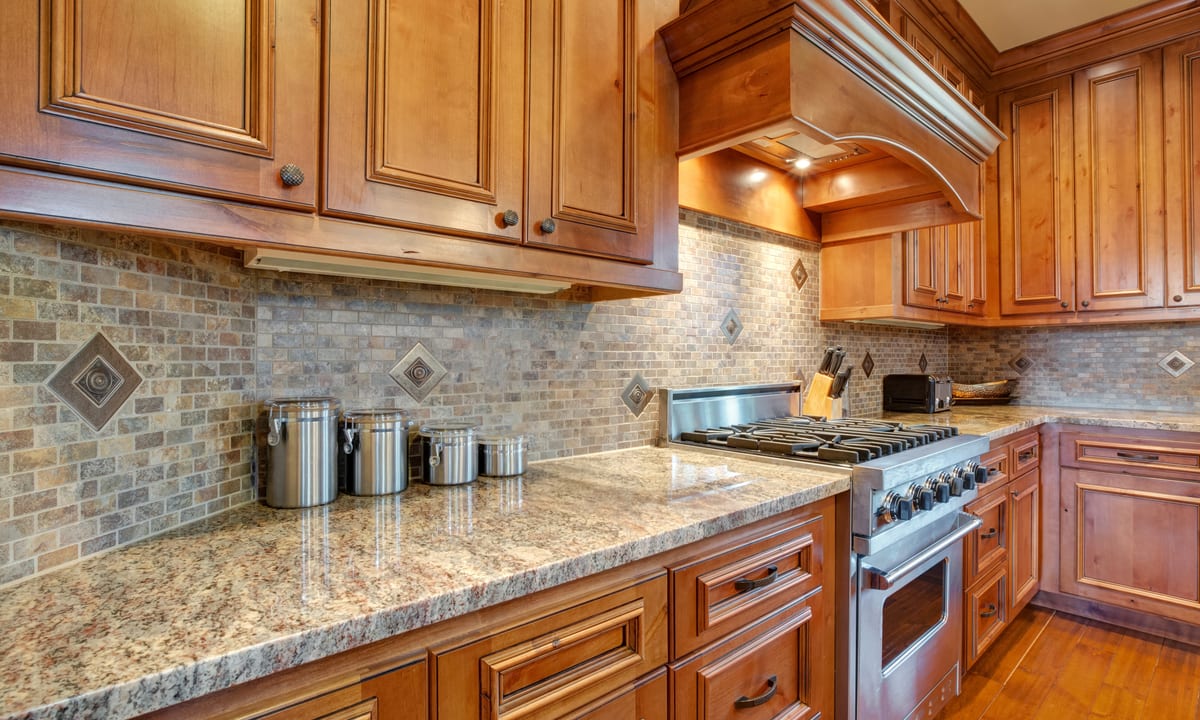Kitchen remodeling: planning, materials and design ideas
Embarking on a kitchen remodeling project can transform the heart of your home, enhancing both functionality and aesthetics. Whether you're dreaming of a luxurious culinary haven or seeking affordable ways to update your space, careful planning and thoughtful design choices are key. This guide will walk you through the essential steps of kitchen remodeling, from initial concepts to material selection and emerging trends for 2025 and beyond.

What are the first steps in planning a kitchen remodel?
Before diving into the exciting world of kitchen design, it’s crucial to lay a solid foundation for your project. Start by assessing your current kitchen’s strengths and weaknesses. Consider what works well and what needs improvement. Next, establish a realistic budget that accounts for all aspects of the remodel, including materials, labor, and potential unexpected costs.
Create a wishlist of features and prioritize them based on your needs and budget constraints. Research inspiration from magazines, websites, and social media platforms to gather ideas that resonate with your style. Finally, determine whether you’ll need professional help or if you plan to tackle some aspects of the remodel yourself.
How do I choose the right materials for my kitchen?
Selecting materials for your kitchen remodel is a balance between aesthetics, durability, and budget. For countertops, popular options include granite, quartz, and butcher block. Each material offers unique benefits in terms of appearance, maintenance, and cost. Flooring choices range from classic hardwood to durable porcelain tiles or eco-friendly options like cork or bamboo.
When it comes to cabinetry, consider factors such as wood type, finish, and hardware. For a modern look, sleek laminate or high-gloss acrylic cabinets are trending. Traditional kitchens often feature solid wood cabinets in warm tones. Don’t forget about backsplashes, which can serve as a focal point while protecting your walls. Options include classic subway tiles, intricate mosaics, or even seamless glass panels.
What are the latest design trends for luxury kitchens in 2025?
Luxury kitchens in 2025 are all about blending cutting-edge technology with sophisticated design. Smart appliances that can be controlled via voice commands or smartphone apps are becoming standard features. Integrated charging stations and hidden outlets ensure a clutter-free aesthetic while keeping devices powered.
Open-concept layouts continue to dominate, but with a twist. Flexible spaces that can adapt to different needs throughout the day are gaining popularity. Think movable islands or retractable partitions that can create intimate dining nooks or expansive entertaining areas at a moment’s notice.
Sustainability is also at the forefront of luxury kitchen design. High-end eco-friendly materials, such as recycled glass countertops or sustainably sourced exotic woods, are making a statement. Energy-efficient appliances and water-saving fixtures not only reduce environmental impact but also lower utility costs.
How can I create an affordable yet stylish kitchen?
Creating an affordable kitchen doesn’t mean sacrificing style. One of the most cost-effective ways to update your kitchen is by refacing existing cabinets rather than replacing them entirely. This involves applying new veneers or paint to the cabinet boxes and replacing doors and hardware for a fresh look at a fraction of the cost.
Consider mixing high-end materials with more budget-friendly options. For example, you could splurge on a statement quartz countertop for the island while using laminate for perimeter counters. Open shelving is another trendy and affordable alternative to upper cabinets, creating an airy feel while showcasing your favorite dishes.
Lighting can dramatically transform a space without breaking the bank. Pendant lights over an island or under-cabinet LED strips can add both function and ambiance. Don’t underestimate the power of a fresh coat of paint to breathe new life into your kitchen at minimal cost.
What are the emerging kitchen trends for 2025?
As we look towards 2025, several exciting trends are shaping the future of kitchen design. Biophilic design, which incorporates natural elements into interior spaces, is gaining momentum. Expect to see more indoor herb gardens, living walls, and large windows that blur the line between indoors and outdoors.
Customization is key, with modular kitchen systems allowing for easy reconfiguration as needs change. Drawers with interchangeable inserts, adjustable shelving, and multi-functional appliances offer flexibility and maximize storage in compact spaces.
Color palettes are moving away from all-white kitchens towards warmer, more inviting tones. Rich jewel tones, earthy neutrals, and bold pops of color are making their way into kitchens through cabinetry, appliances, and accessories. Mixing metals is also becoming more accepted, with brass, copper, and matte black finishes coexisting harmoniously.
What are the average costs for different types of kitchen remodels?
Kitchen remodel costs can vary widely depending on the scope of the project, materials chosen, and labor costs in your area. Here’s a general breakdown of what you might expect to pay for different levels of kitchen remodels in the United Kingdom:
| Remodel Type | Description | Average Cost Range |
|---|---|---|
| Basic Update | Cosmetic changes, such as painting, new hardware, and minor repairs | £5,000 - £15,000 |
| Mid-Range Remodel | New appliances, countertops, flooring, and refaced cabinets | £15,000 - £30,000 |
| High-End Renovation | Custom cabinets, high-end appliances, structural changes, and luxury finishes | £30,000 - £100,000+ |
Prices, rates, or cost estimates mentioned in this article are based on the latest available information but may change over time. Independent research is advised before making financial decisions.
When budgeting for your kitchen remodel, it’s wise to set aside 10-20% of your total budget for unexpected expenses. Keep in mind that certain elements, such as moving plumbing or electrical systems, can significantly increase costs. Opting for energy-efficient appliances and sustainable materials may have a higher upfront cost but can lead to long-term savings on utility bills.
In conclusion, kitchen remodeling is an exciting journey that can significantly enhance your home’s value and your daily living experience. By carefully planning your project, selecting the right materials, and staying informed about current and future trends, you can create a kitchen that is both functional and stylish. Whether you’re aiming for a luxury showpiece or an affordable update, there are options to suit every budget and taste. Remember to balance your dreams with practical considerations, and don’t hesitate to seek professional advice when needed to ensure your kitchen remodel is a success.




